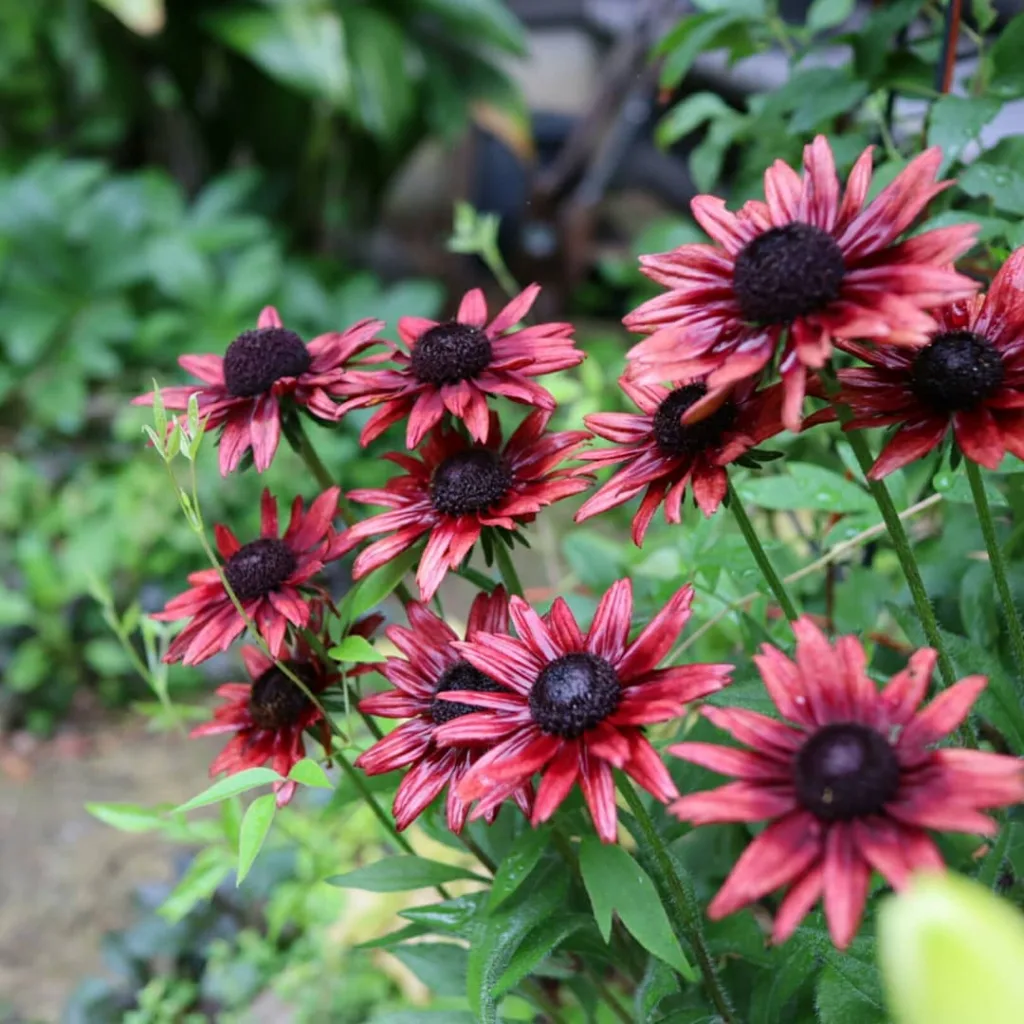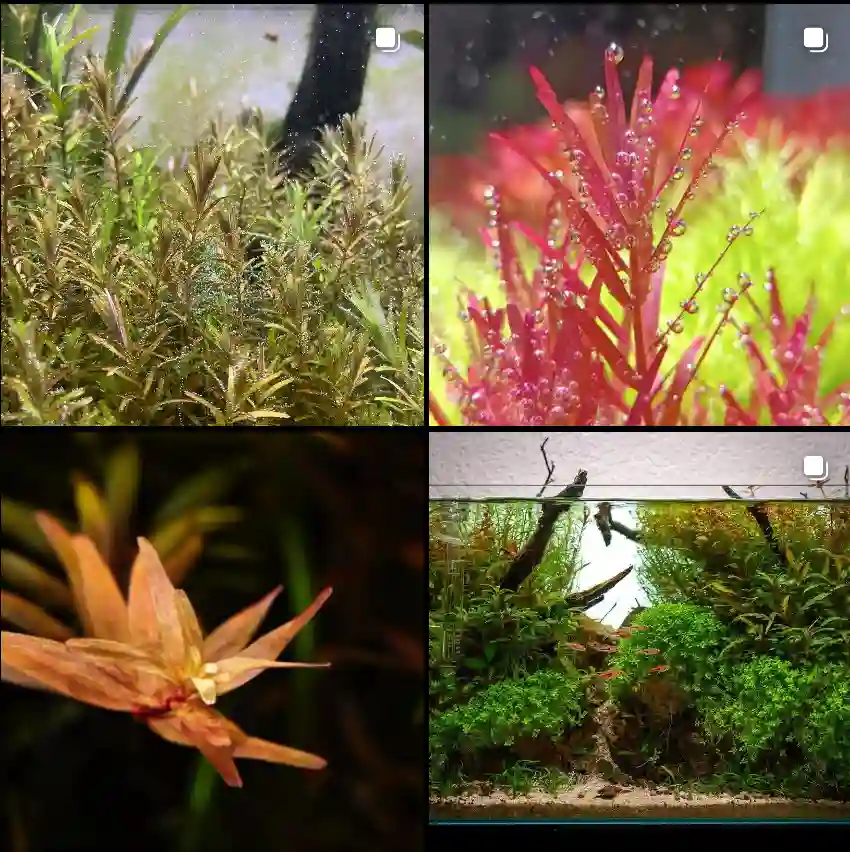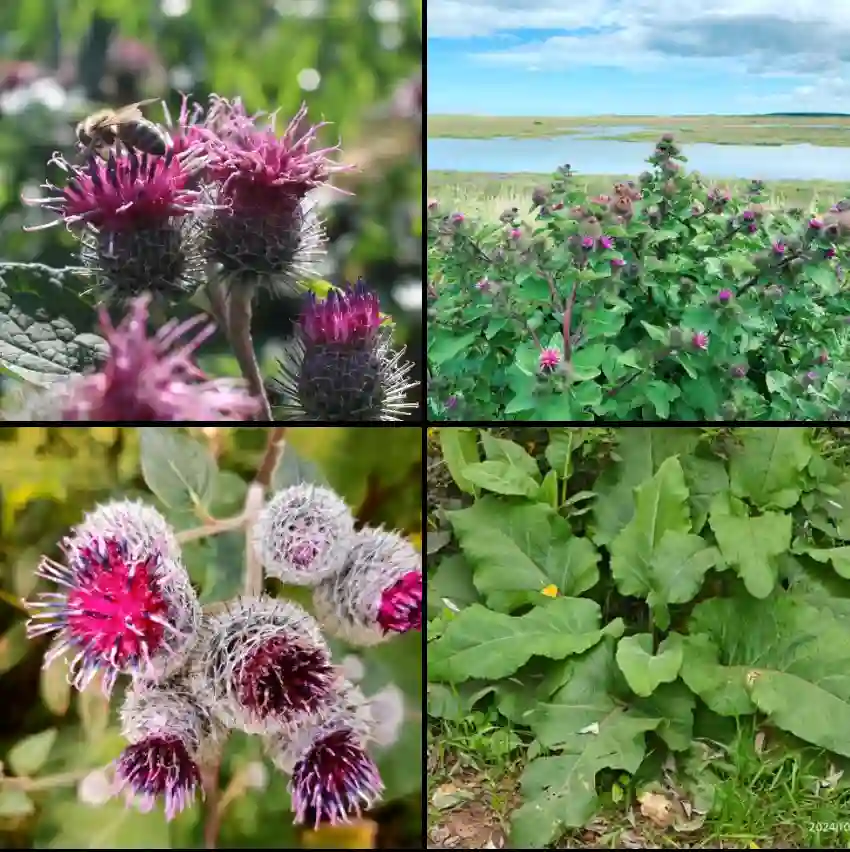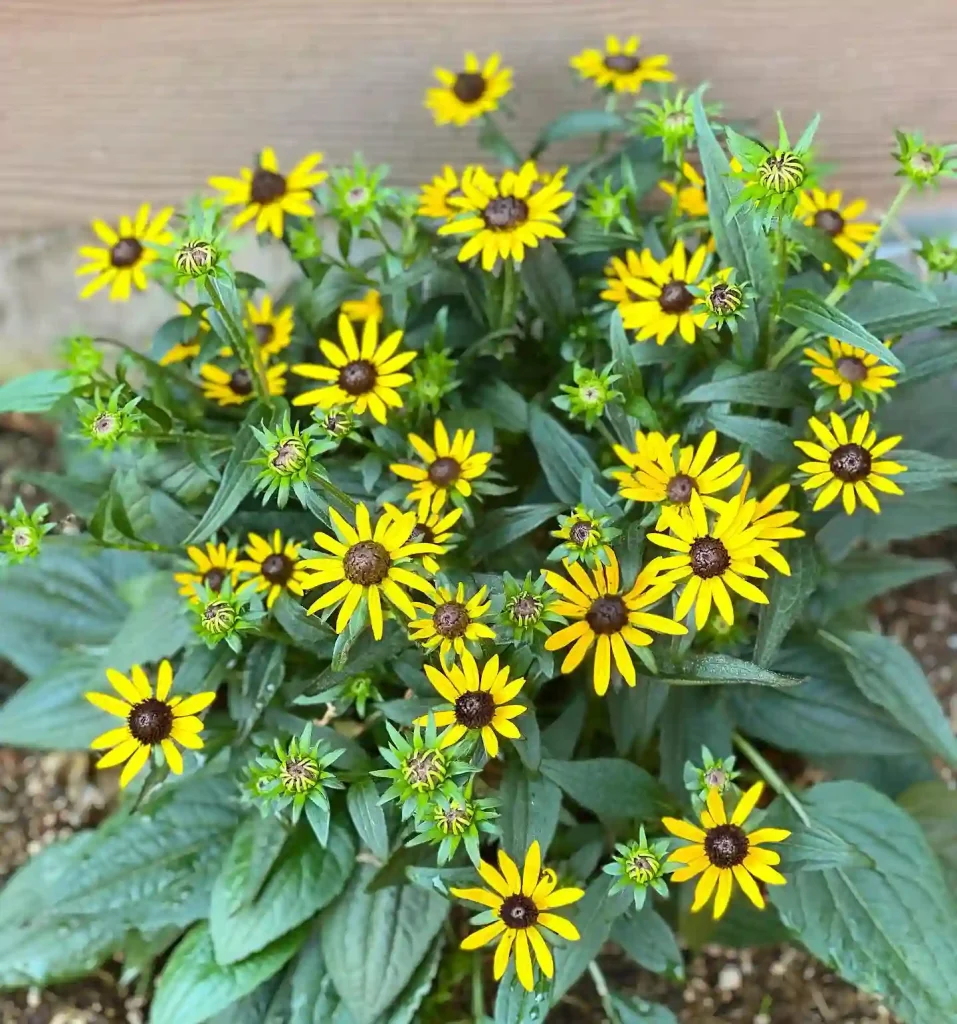FAQs About Astilboides Tabularis
Astilboides Tabularis, commonly known as the Shield Leaf, is a unique and stunning plant that has become a favorite in many gardens. I’ve spent quite some time nurturing this plant, and I want to share my insights through some frequently asked questions.
What Is Astilboides Tabularis?
Astilboides Tabularis is a perennial plant belong to the Saxifragaceae family, native to the moist, shaded regions of Asia. It features large, round leaves that can grow up to 24 inches across, resembling shields. The plant’s striking foliage provides a dramatic backdrop in any garden, making it a popular choice for shaded areas. It typically blooms in late spring with delicate, white flower clusters on tall stems, adding a touch of elegance.
Plant Family: 39 Genera in Saxifragaceae
How to Care for Astilboides Tabularis?
Caring for Astilboides Tabularis is relatively straightforward, but there are some essential tips to keep in mind:
- Light: This plant thrives in partial to full shade. Direct sunlight can scorch its leaves, so choose a spot that receives filtered light.
- Soil: Astilboides prefers rich, well-draining soil that retains moisture. Adding organic matter like compost can enhance soil fertility.
- Watering: Regular watering is crucial, especially during dry spells. The soil should remain consistently moist, but avoid waterlogging.
- Temperature: This plant enjoys cooler temperatures. It can tolerate frost but will benefit from mulch during winter to protect its roots.
- Fertilization: I recommend using a balanced, slow-release fertilizer in spring to promote healthy growth and flowering.
How to Propagate Astilboides Tabularis?
Propagating Astilboides Tabularis is quite rewarding and can be done through division or seeds:
- Division: In early spring or fall, carefully dig up the plant and divide it into smaller sections, ensuring each has roots. Replant these sections in well-prepared soil.
- Seeds: If you prefer seeds, collect them after flowering. Sow them in a seed tray with moistened soil. Germination can take a few weeks, so patience is key.
What to Plant With Astilboides Tabularis?
When considering companion plants, think about those that enjoy similar growing conditions. Here are a few plants that pair beautifully with Astilboides Tabularis:
- Hostas: Their foliage complements the large leaves of Astilboides, creating an attractive layered effect.
- Ferns: Various ferns thrive in shade and add texture and movement to the garden.
- Brunnera Macrophylla: Known as Siberian Bugloss, this plant features lovely blue flowers and tolerates similar moisture levels.
Is Astilboides Tabularis Toxic?
Astilboides Tabularis is considered non-toxic to pets and humans. However, it’s always wise to observe your pets and children around any plant, as individual reactions can vary.
What Are the Benefits of Growing Astilboides Tabularis?
Growing Astilboides Tabularis comes with several benefits:
- Aesthetic Appeal: Its large, unique leaves create a bold statement in any garden or landscape.
- Shade Tolerance: It thrives in areas where many other plants struggle, making it perfect for shaded spots.
- Biodiversity: Astilboides can attract beneficial insects, enhancing the ecological balance of your garden.
Common Problems with Astilboides Tabularis
Despite its hardy nature, Astilboides Tabularis can face a few common issues:
- Leaf Spot: Fungal infections can cause brown spots on leaves. Ensure good air circulation and avoid overhead watering to minimize this problem.
- Pests: Occasionally, aphids or slugs might visit your plant. Regularly check for signs and treat infestations promptly with appropriate organic pesticides.
How Does Astilboides Tabularis Compare with Other Similar Plants?
Many gardeners might confuse Astilboides Tabularis with other shade-loving plants like Gunnera Manicata and Alocasia. Here’s how they differ:
- Gunnera Manicata: Known as the Giant Rhubarb, it features even larger leaves but requires more space and a wetter environment.
- Alocasia: While also having large leaves, Alocasia is more sensitive to temperature fluctuations and prefers brighter conditions compared to Astilboides.
In conclusion, Astilboides Tabularis is an extraordinary plant that adds beauty and diversity to any garden. With proper care and attention, it can flourish and become a centerpiece in shaded areas. If you’re looking to create a lush, vibrant environment, I highly recommend considering this remarkable perennial. Happy gardening!
If i die, water my plants!



